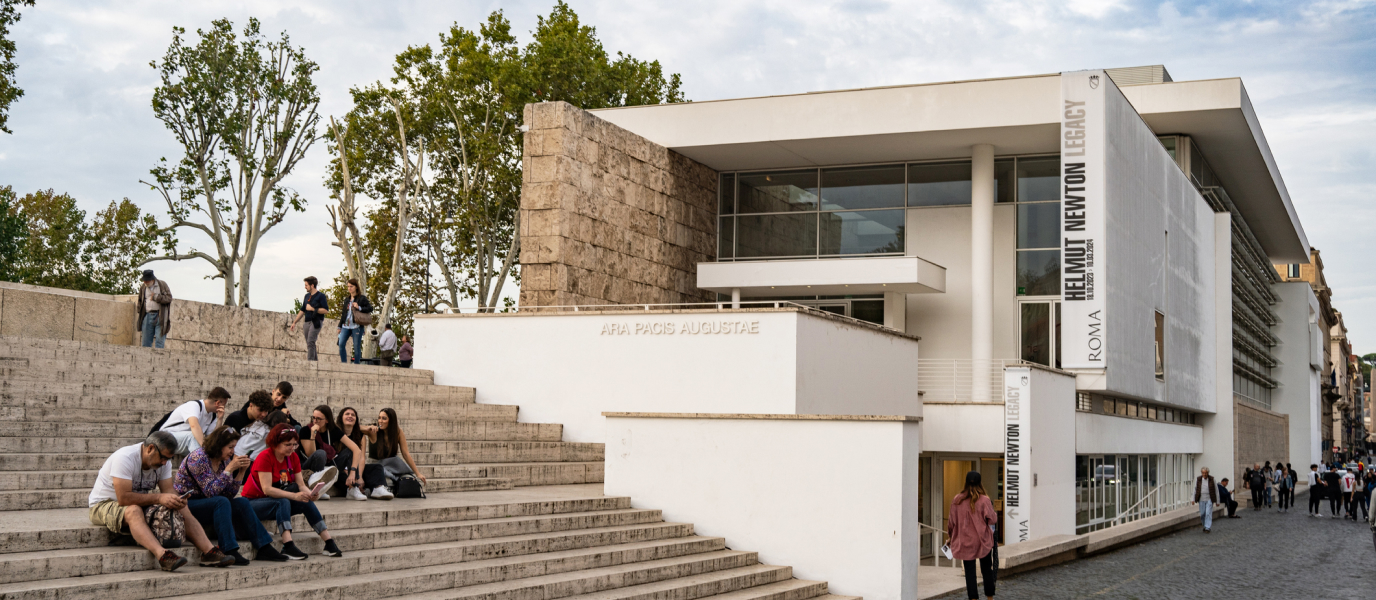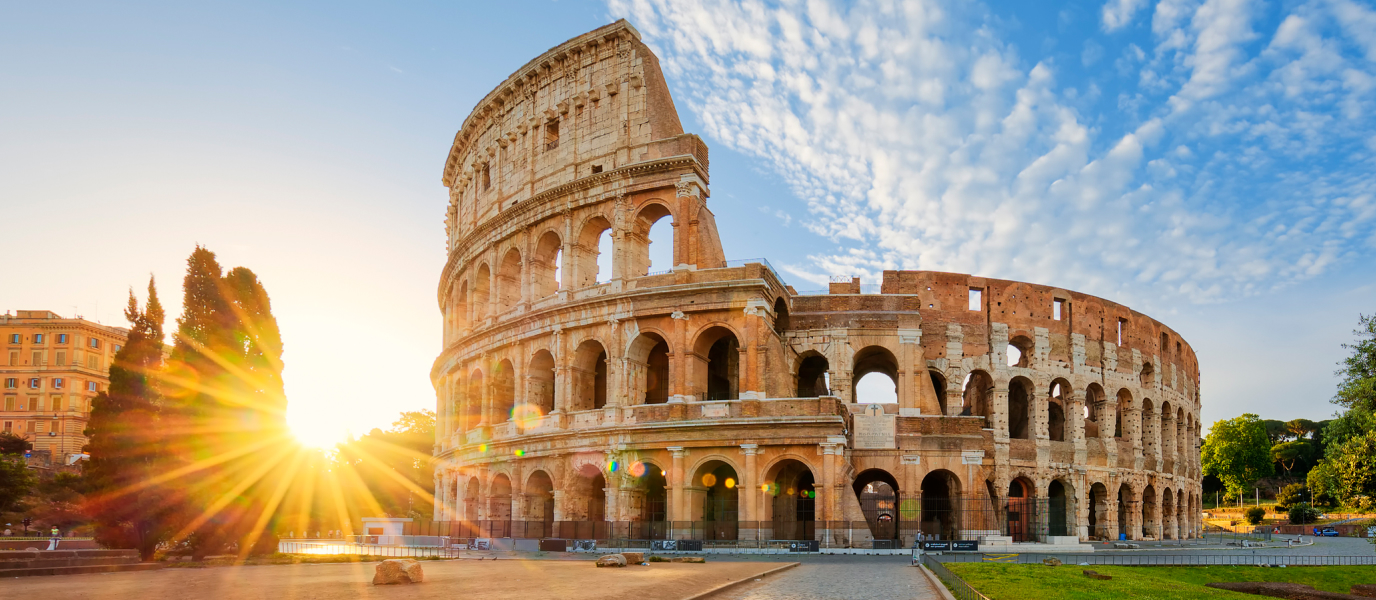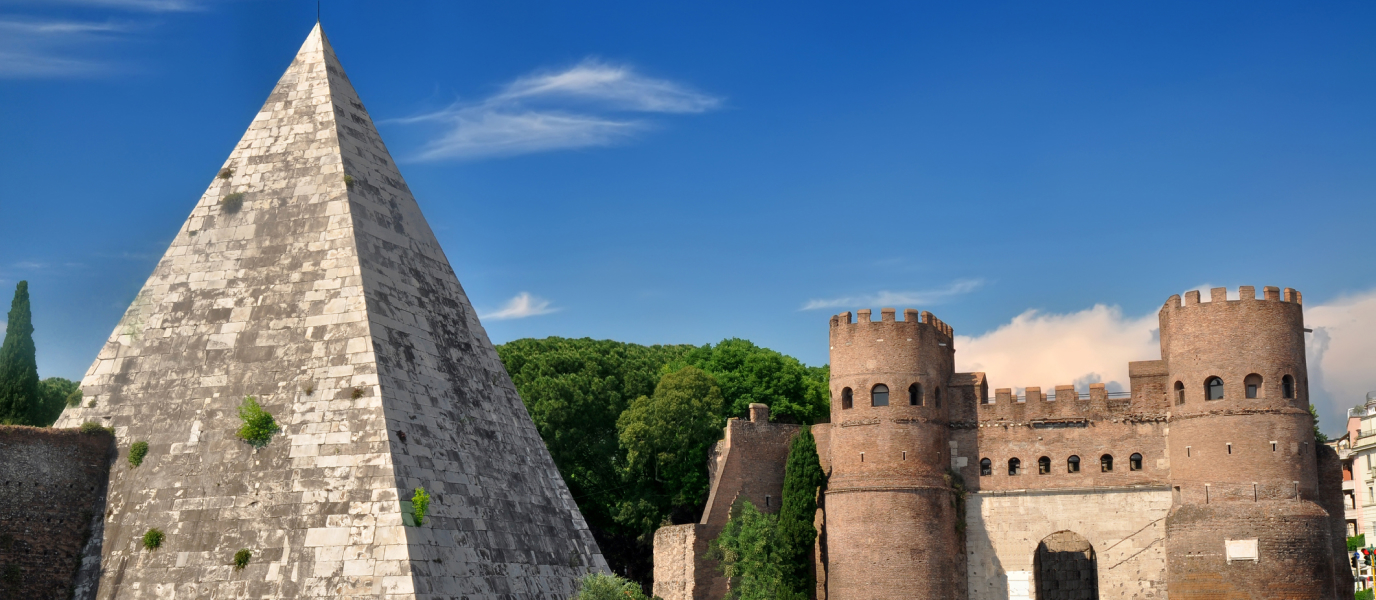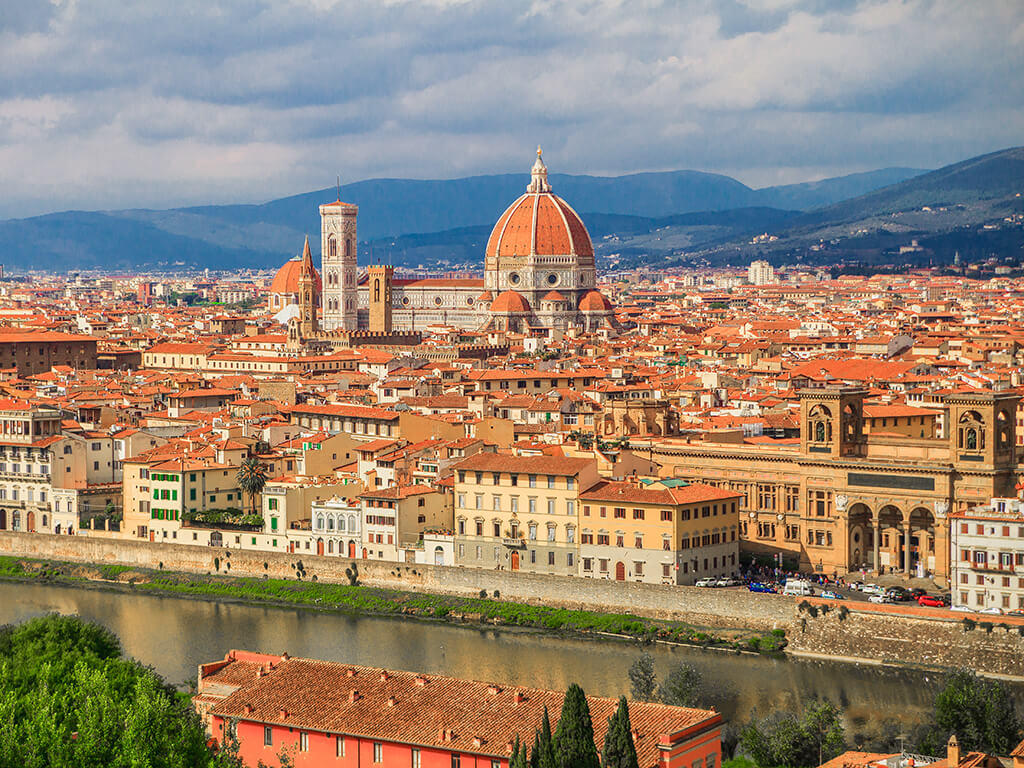The Ara Pacis is one of the most important monuments from Ancient Rome. The altar was carved entirely out of marble and glorifies one of the most splendid periods of the Roman Empire: Pax Romana, or Roman Peace. It is one of the lesser-known treasures that astonishes visitors, and just one of many constructions that will ensure you fall in love with the capital city as you wander its streets.
In order to understand the importance of the Ara Pacis Augustae, you need to understand a little bit about its history. It was built during the reign of Augustus, the first Roman Emperor who, despite being entirely in command, chose to retain existing Republican structures. It was during his reign that the Empire achieved Pax Romana, a golden era characterised by internal tranquillity and external safety that fostered economic and geographical growth.
So how did the Senate celebrate its achievements? By creating none other than the Ara Pacis Augustae, an altar glorifying the peace that Augustus had brought to the Empire. It was built between the 13th and 9th centuries BC and eventually became much more than just a representation of the peace and prosperity that was intensified by Augustus. These are just some of the reasons why you should include it on your holiday itinerary.
Ara Pacis Augustae: a must see
The victories in Hispania and Gallia were the inspiration behind the construction of the Ara Pacis, so it is of no surprise that the emperor himself is depicted in the monument. In fact, it was originally situated on Via Flaminia in such a position that the shadow cast by the Obelisk of Montecitorio fell over the Ara Pacis Augustae on the emperor’s birthday.
Steps lead up into the monument and inside there is a wide range of garland-like floral arrangements hanging around the skulls of oxen. At the time, the Ara Pacis was used for sacrifices and purification rituals.
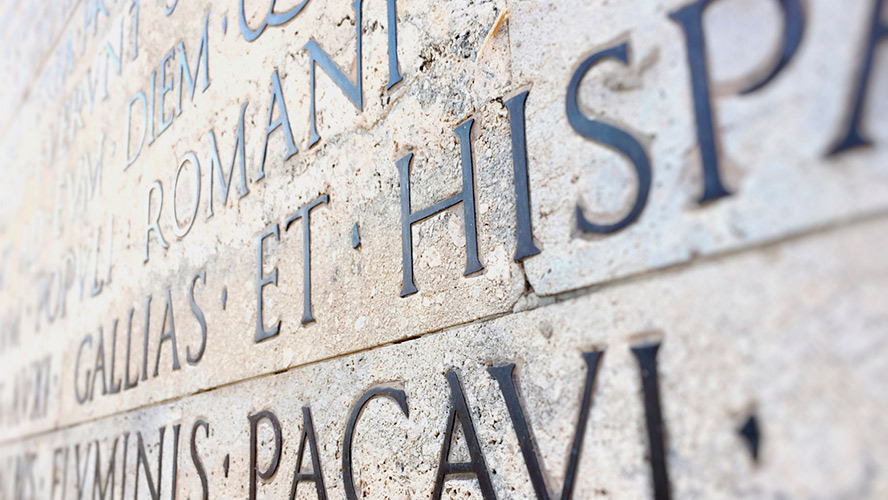
This great work of art is now on display next to the Tiber River but besides being a great work of art, it also had a propagandistic purpose. This is evident in the design: a marble cube covered with allegories about the founding of Rome and a relief that depicts Augustus’ family.
The Ara Pacis has Greek and Hellenistic elements to it but it is classed as one of the best examples of historical Roman relief work. The decorative work is not only there to look beautiful, however. By depicting Augustus’ achievements and linking them to the Roman gods, it was a means of proclaiming the power of the Empire.
Why you should visit the Ara Pacis
From the 2nd century AD onwards, the Ara Pacis sank into oblivion. When the river overflowed, as it did on numerous occasions, the construction ended up covered in mud. This, in addition to changes in the city, meant that it ended up disappearing entirely. Centuries later, remnants of the altar were uncovered and in 1938 reconstruction of the monument was completed. It was then transported from Ancient Rome’s Campus Martius to its current location in the museum next to the Tiber River.
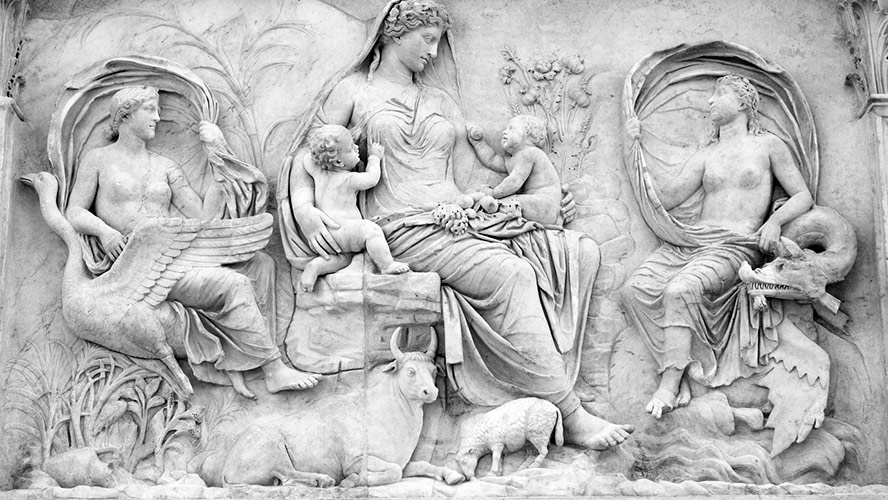
In order to ensure that the cultural legacy that the construction represents is protected, the monument is now on display in a museum. You can enjoy the structure through the glass surround that protects it. If you are travelling to Rome with friends a visit to the museum is a must. There are also a number of different temporary exhibitions and archaeological events, as well as a digital library, inside the building.
Other places to see near the Ara Pacis altar
One of the really great things about visiting Rome is that you can enjoy its heritage at every turn. It is a city brimming with awe-inspiring art and the area around the Ara Pacis Augustae is certainly one of the top spots.
After admiring the Tiber River and grabbing a drink or bite to eat at one of the many ice cream parlours or pizza places in the area around the Ara Pacis Museum, there are a number of other very recommendable places to visit.
Villa Borghese gardens.
The Villa Borghese gardens are a must when you take a family holiday in Rome. It is one of the largest city parks in Europe and it is only about ten minutes on foot from the museum. You will find a harmonious blend of art and nature in the park and impressive spots such as the Borghese Gallery, the Bioparco di Roma (a zoological garden), the Water Clock and the Silvano Toti Globe Theatre.
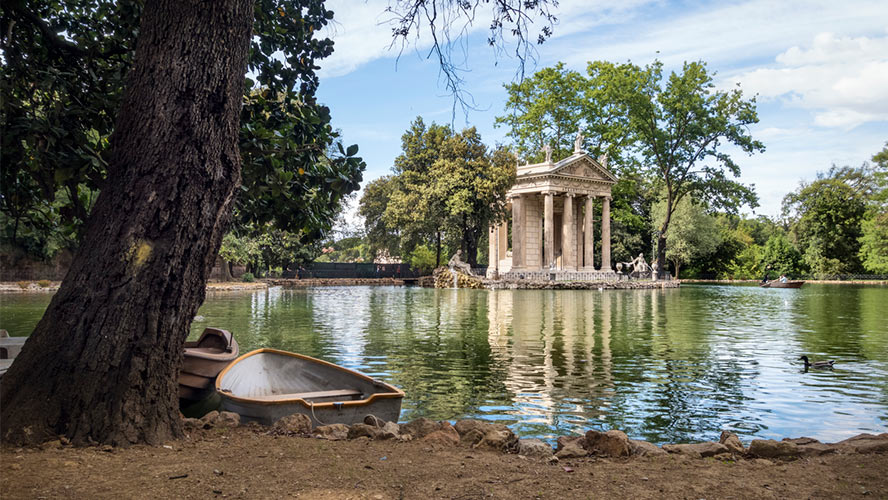
Piazza del Popolo
What was the entrance into the city during the time of the Roman Empire is now one of the most popular squares in Rome. There are a large number of churches in Piazza del Popolo, but Santa Maria del Popolo church is one of the most emblematic. You will also find an impressive Egyptian obelisk dedicated to Ramses II that stands twenty-four metres tall.
Piazza Navona
There are many things to see and do around the Ara Pacis Museum but you can’t miss Piazza Navona. The Fontana dei Quattro Fiumi, Fontana del Moro and Fontana del Nettuno are the main features of the square. You will also find Palazzo Pamphili, a family palace, and the church of Sant’Agnese in Agone there. If you’d like to stop for a drink or a bite to eat, there are a number of excellent terrace bars and restaurants.
The Pantheon
The Pantheon is undoubtedly one of the jewels in the crown and the best-preserved construction from Ancient Rome. One of its most striking features it is size and shape since it is a circular building that is exactly the same size in height as it is in diameter: 43.30 metres. Many members of Italian royalty are buried there and it houses a number of great works of art that you really must see.




































































